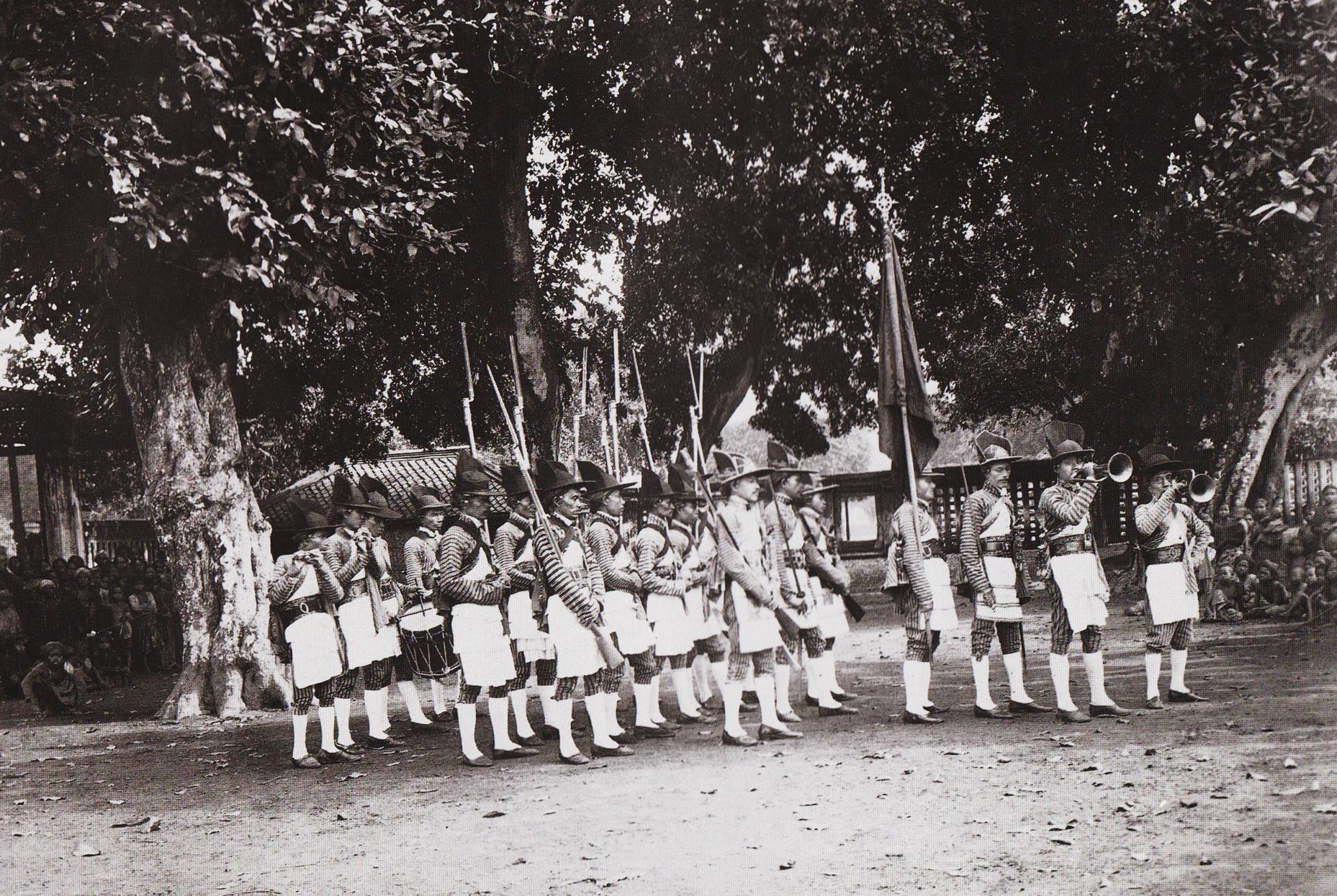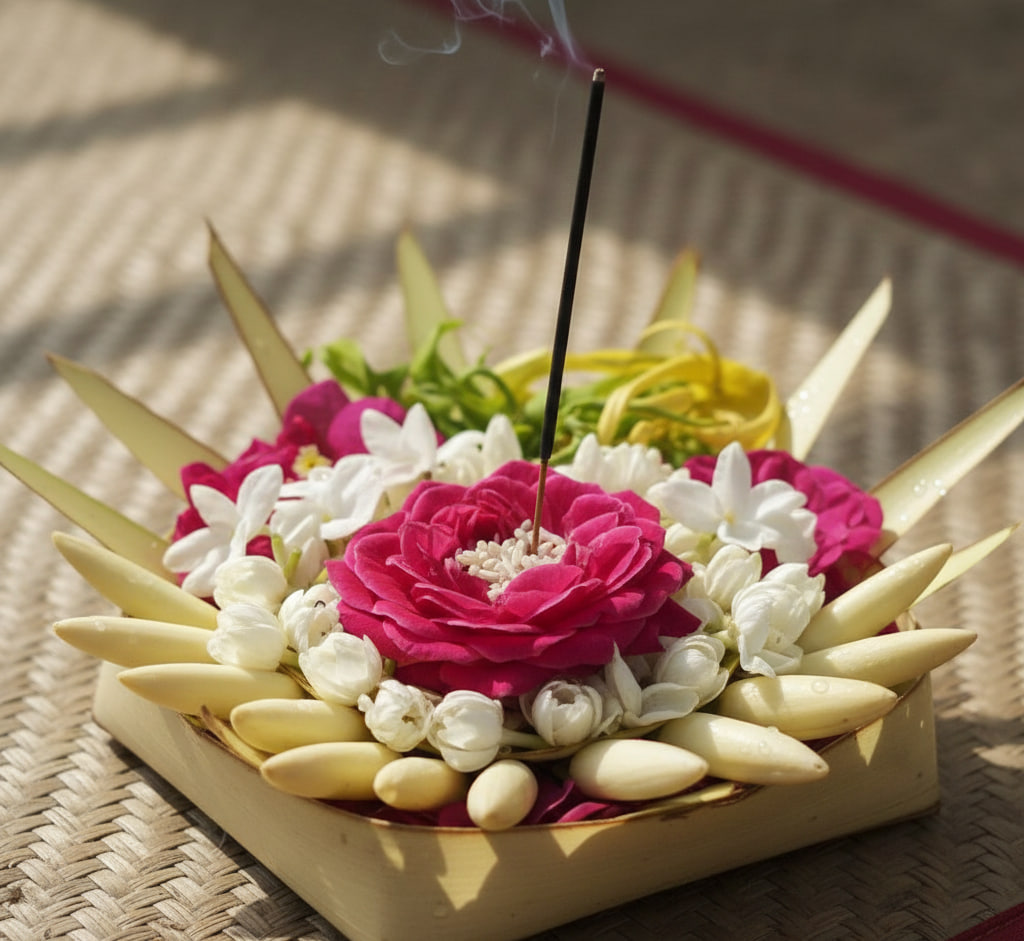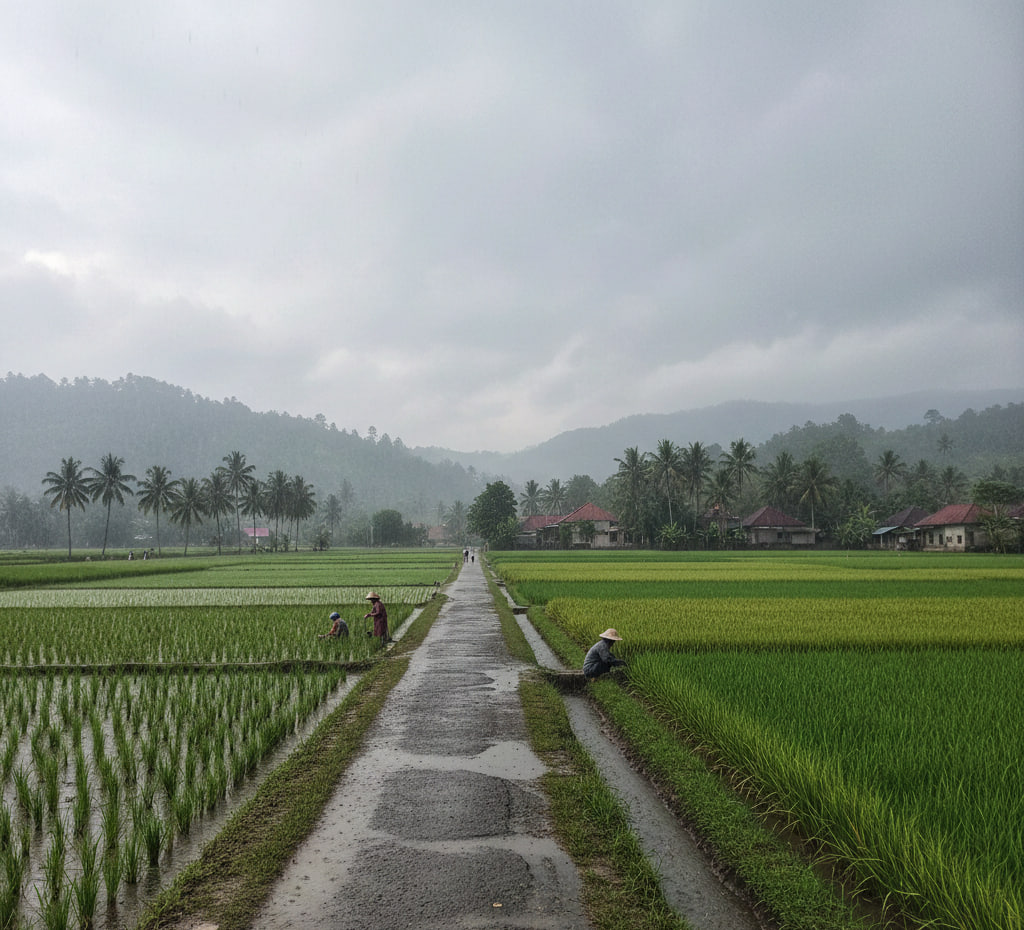News
Hidden Stories Behind the Names of Kampung in Njeron Benteng
The Yogyakarta Palace, or Keraton Yogyakarta, has always been more than just a royal residence. It was also the center of governance, a hub where tradition, politics, and daily life intersected. To keep this grand machine running smoothly, the palace relied on its loyal Abdi Dalem—royal servants with specific duties ranging from cooking and crafting to music and horse keeping.
Interestingly, these Abdi Dalem were not only given jobs but also homes. Many of them lived in designated settlements located right within or around the palace walls. Over time, these areas evolved into kampung (villages), and while today they are no longer exclusive to palace staff, their names still whisper the echoes of their past functions.
Let’s take a walk through some of these kampung whose names reveal fascinating fragments of Yogyakarta’s history:
-
Musikanan – Once the home of palace musicians who played European tunes during official visits. Located in Panembahan.
-
Ngrambutan – Where the royal hairdressers lived, keeping the Sultan’s and royal family’s hair perfectly styled.
-
Kenekan – The place for carriage assistants, who stood at the back while the sais (driver) handled the horses.
-
Pandean – The blacksmiths’ kampung, home to those who forged tools and weapons from iron.
-
Bludiran – Derived from the Dutch word borduuren, this kampung was home to royal tailors and garment caretakers.
-
Kemitbumen – Residence of the caretakers of palace courtyards and gardens.
-
Gebulen – The kitchen staff who prepared nasi kebuli. The palace kitchen, Pawon Kilen, still stands today.
-
Sekullanggen – Where cooks specialized in nasi langgi lived, tied to the Pawon Wetan (Eastern Kitchen).
-
Mantrigawen – The place for high-ranking palace officials or chiefs of staff.
-
Pesindenan – Home to the palace’s sinden (traditional Javanese singers).
-
Gamelan – Surprisingly, not for musicians, but for those who cared for the Sultan’s horses.
-
Namburan – For the drummers and tambour players, now divided into Namburan Lor and Namburan Kidul.
-
Siliran – Where palace lamp keepers lived, responsible for lighting and extinguishing oil lamps before electricity arrived.
-
Patehan – Known for preparing palace drinks, including the royal tea ceremony tradition that survives today.
-
Polowijan – A kampung for palace servants with physical disabilities, showing inclusivity in palace society.
-
Rotowijayan – For carriage makers and drivers, a reminder of the grand royal vehicles once used in parades.
These kampung are more than just places on the map; they are living markers of Yogyakarta’s layered history. Toponyms (place names) and surviving artifacts function like a city’s diary—recording its evolution step by step.
Understanding the legacy of these Abdi Dalem settlements helps us see how Njeron Benteng (the inner fortress) wasn’t just the palace’s heart but also the foundation of Yogyakarta’s urban development. If we lose these markers, it’s like a face losing its identity.



